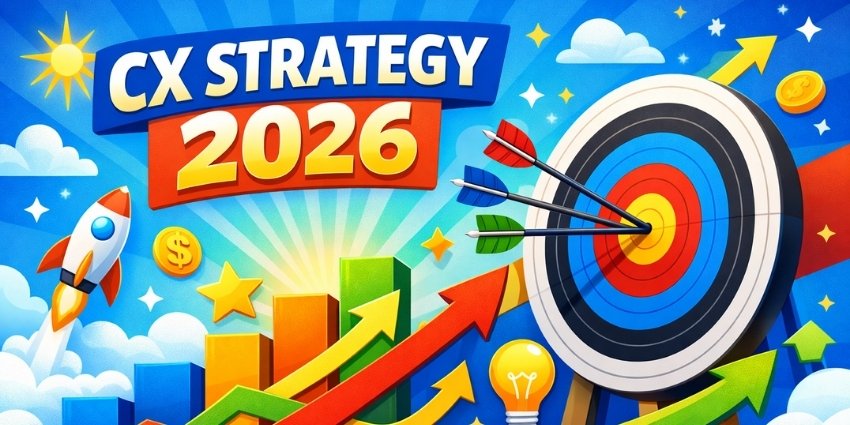Gartner has chopped down its 2023 forecast for global IT spending growth from 5.1 to 2.4 percent.
The market analyst anticipates total spending to reach $4.5 trillion this year.
B2C companies will bear the brunt of the drop from 5.1 percent, a figure Gartner only forecasted three months ago.
The degree to which inflation continues to limit consumer spending power is central to the decline.
Thankfully, enterprise IT spend remains steady. As John-David Lovelock, VP Analyst at Gartner, said:
While inflation is devastating consumer markets, contributing to layoffs at B2C companies, enterprises continue to increase spending on digital business initiatives despite the world economic slowdown.
Much of this enterprise spend will focus on software and IT services. Indeed, Gartner expects these segments to grow by 9.3 and 5.5 percent, respectively, in 2023.
Meanwhile, the market for devices – which is typically a consumer-driven space – seems set to decline by 5.1 percent.
Perhaps this statistic, more than any other, highlights the differing economic realities consumers and enterprises face.
Is Enterprise IT Spending Really “Recession-Proof”?
Some may contest the suggestion that enterprise IT spending remains strong, pointing to how economic uncertainty has influenced the action of CIOs.
Indeed, many are drafting more people into buying decisions, reordering their priorities, and delaying deals.
As the priorities change, many B2B vendors – including Microsoft, Salesforce, and Oracle – have made layoffs and reshuffled. Typically, these brands overinvested in their growth.
Marc Benioff, CEO of Salesforce, recently apologized for doing precisely that in a letter to all Salesforce employees.
“As our revenue accelerated through the pandemic, we hired too many people leading into this economic downturn we’re now facing, and I take responsibility for that,” he wrote.
Yet, Lovelock contests the notion that these job cuts have stemmed from enterprises rethinking their IT budgets. Reflecting on his research, he stated:
IT budgets are not driving these shifts, and IT spending remains recession-proof.
Here, Lovelock suggests that many vendors perhaps became a little overoptimistic in their growth projections, with broader enterprise IT spending failing to disappoint.
A Tight Labor Market Remains a Problem
Lovelock concedes that the tight labor market has restricted enterprise spending on IT services.
Indeed, the unemployment rate across many countries is reaching record lows. As a result, CIOs are struggling to hire skilled IT staff and scale as they hoped.
As such, many are attempting to bring in external support for software implementations.
Gartner’s estimate that consulting spending will reach $264.9 billion in 2023 exemplifies this. It represents a 6.7 percent increase from 2022.
Lovelock believes that – despite making job cuts across the other arenas – this statistic suggests CIOs are losing the battle for IT talent.
“IT services spending is growing more quickly than internal services in every industry,” he said.
Skilled IT workers are migrating away from the enterprise CIO towards technology and service providers who can keep up with increased wage requirements, development opportunities and career prospects.
Elsewhere, Gartner has made several other predictions regarding the future of enterprise IT spending.
Indeed, the market analyst also forecasts a 20.7 percent increase in end-user spending on services within the public cloud environment alongside a global uptick in conversational AI deployments.







